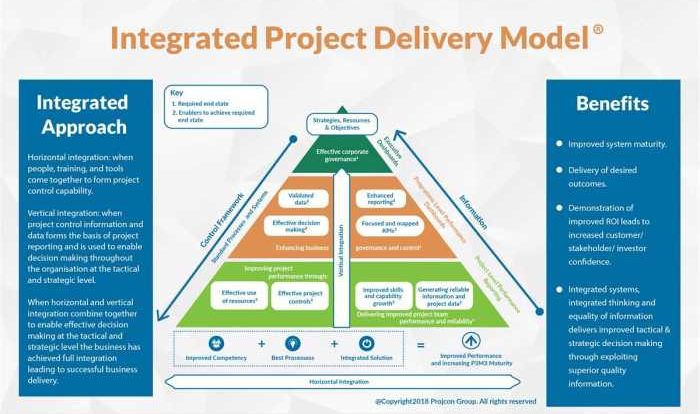What campaigns require manual tags on destination urls for tracking – Manual tagging of destination URLs plays a pivotal role in accurately tracking the performance of specific campaigns. This comprehensive guide delves into the campaigns that necessitate manual tagging, explores methods for implementing these tags, and provides best practices to ensure data accuracy and consistency.
Campaign Types Requiring Manual Destination URL Tags
Manual destination URL tags are essential for tracking the performance of specific campaigns. They allow marketers to track conversions, measure campaign effectiveness, and optimize their marketing efforts. Campaigns that typically require manual tagging include:
- Offline campaigns:These campaigns, such as print ads, billboards, and TV commercials, do not have a direct online presence. Manual tags enable marketers to track the impact of these campaigns by directing traffic to a specific landing page.
- Email campaigns:While email marketing platforms often provide built-in tracking mechanisms, manual tags can enhance tracking capabilities. They allow marketers to track specific links within emails, such as call-to-actions and product links.
- Social media campaigns:Social media platforms offer limited tracking options. Manual tags allow marketers to track conversions from social media ads, measure engagement, and optimize their campaigns.
- Influencer campaigns:Influencer partnerships require manual tagging to track the performance of influencer-generated content. Tags enable marketers to measure the impact of influencer campaigns on website traffic, conversions, and brand awareness.
Using manual tags in these campaigns provides several benefits, including:
- Accurate tracking:Manual tags ensure that all conversions are tracked accurately, even if the traffic source is not directly attributable to a specific online campaign.
- Enhanced reporting:Manual tags allow marketers to create custom reports that provide detailed insights into campaign performance.
- Improved optimization:By tracking conversions accurately, marketers can identify areas for improvement and optimize their campaigns for better results.
Methods for Adding Manual Tags to Destination URLs

There are several methods for adding manual tags to destination URLs:
- URL parameters:This is the most common method, where tags are added as parameters to the end of the destination URL. For example, adding “&utm_source=email” to a URL would tag it as originating from an email campaign.
- Custom UTM tags:UTM (Urchin Tracking Module) tags are a standardized way of adding tags to URLs. They use specific parameters, such as utm_source, utm_medium, and utm_campaign, to track campaign performance.
- Google Analytics URL Builder:This tool allows marketers to easily create tagged URLs with custom parameters. It provides a user-friendly interface to configure tags and generate the appropriate URL.
- Tag management systems:These systems, such as Google Tag Manager, provide a centralized platform for managing and deploying tags across multiple websites and campaigns. They simplify the process of adding manual tags and ensure consistency.
Step-by-step instructions for adding manual tags using URL parameters:
- Identify the destination URL.
- Add a question mark (?) to the end of the URL if it does not already have one.
- Add the tag as a parameter in the following format: &tag_name=tag_value. For example, to tag a URL as originating from an email campaign, you would add “&utm_source=email”.
- Separate multiple tags with ampersands (&).
- Verify the tagged URL and ensure it works correctly.
Best Practices for Manual Tagging
![]()
To ensure accuracy and consistency in manual tagging, follow these best practices:
- Use consistent naming conventions:Establish a standard naming system for tags to avoid confusion and ensure accurate reporting.
- Avoid using spaces in tag names:Spaces can cause errors when tracking data, so use underscores or dashes instead.
- Keep tags concise:Use short and descriptive tag names to make them easy to understand and manage.
- Document your tagging strategy:Create a document that Artikels your tagging conventions and guidelines to ensure consistency across teams.
- Test your tags regularly:Verify that your tags are working correctly by using a URL testing tool or checking the data in your analytics platform.
Common pitfalls to avoid when tagging destination URLs:
- Using incorrect tag names:Misspelled or incorrect tag names will result in inaccurate data.
- Inconsistent tag values:Using different values for the same tag can lead to confusion and make it difficult to track campaign performance accurately.
- Over-tagging:Adding too many tags to a URL can make it difficult to manage and analyze the data.
- Ignoring UTM tags:UTM tags are a valuable tool for tracking campaign performance, so avoid neglecting them.
Tracking and Reporting on Manual Tags: What Campaigns Require Manual Tags On Destination Urls For Tracking

To track and report on the performance of manual tags, follow these steps:
- Use a tracking platform:Google Analytics or other analytics platforms can track tagged URLs and provide reports on campaign performance.
- Create custom reports:Use your analytics platform to create custom reports that focus on specific tags or campaigns.
- Monitor key metrics:Track metrics such as website traffic, conversions, and engagement to measure the effectiveness of your campaigns.
Metrics that can be used to measure tag effectiveness:
- Website traffic:Track the number of visitors to your website from tagged URLs.
- Conversions:Measure the number of conversions that occur from tagged URLs, such as purchases or sign-ups.
- Engagement:Track metrics such as click-through rate, bounce rate, and time spent on page to gauge the engagement of visitors from tagged URLs.
Examples of reports that can be generated using tag data:
- Campaign performance report:This report provides an overview of the performance of specific campaigns, including metrics such as traffic, conversions, and engagement.
- Tag performance report:This report shows the performance of individual tags, allowing you to identify the most effective tags and areas for improvement.
- Source/medium report:This report provides insights into the traffic sources and mediums that are driving the most conversions.
Question Bank
What types of campaigns require manual tagging?
Campaigns involving offline channels, such as print or television advertisements, or campaigns targeting specific audiences or devices may require manual tagging.
How do I add manual tags to destination URLs?
Manual tags can be added using methods such as URL builders, query strings, or custom URL shorteners.
What are the benefits of using manual tags?
Manual tags provide greater control over tracking parameters, enable detailed analysis, and allow for customization to meet specific campaign requirements.
